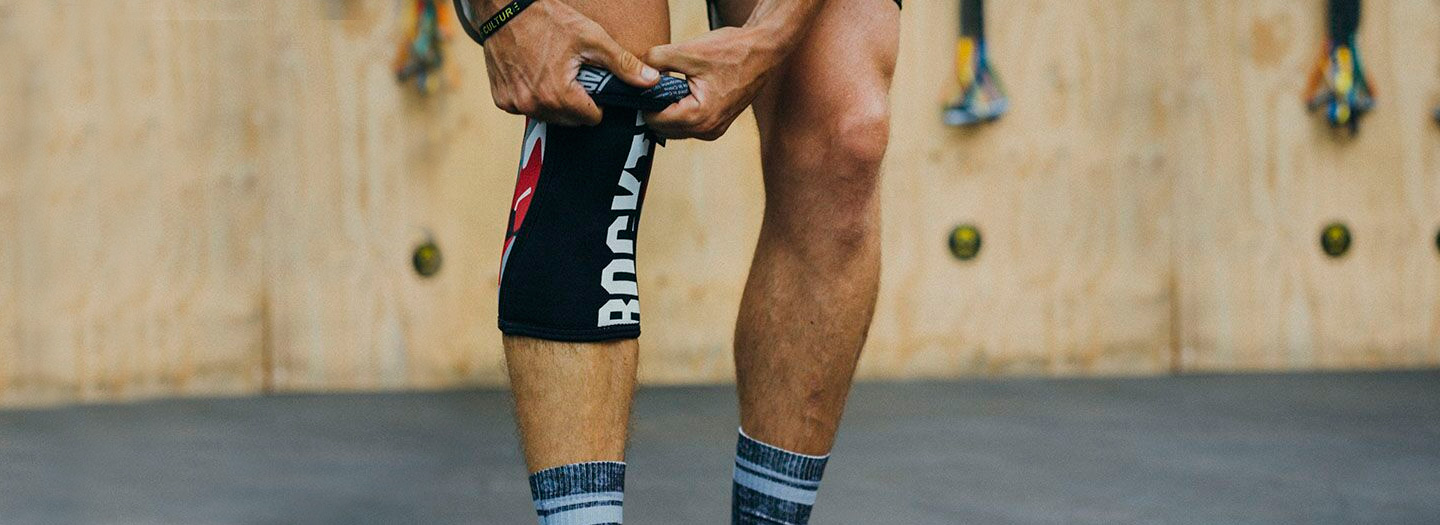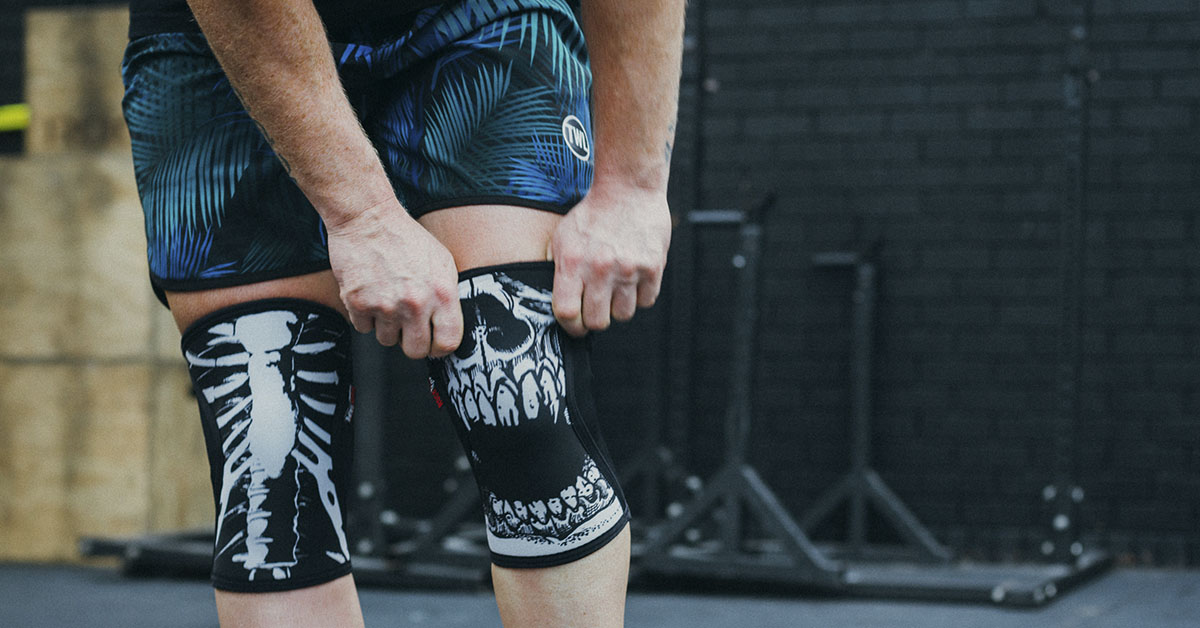If you’ve been in the fitness world for any length of time, chances are you’ve seen RockTape in action. Elite athletes—we’re talking Olympians and Games competitors—use the kinesiology tape to try to get an edge in their performance. Fluorescent colors or the more run-of-the-mill RockTape black run in streaks along the outside of runners’ kneecaps or on the surfaces of athletes’ shoulders. What exactly is the deal with RockTape? Does it actually accomplish anything?
Here’s what you should know first.
The Basics of Kinesiology Tape
Created in the 1970s by chiropractor Dr. Kenso Kase, kinesiology tape has been used by athletes for nearly 50 years. The science behind its applications is a work in progress, but its typical uses include:
1. Structural Support
Think joints and posture. This use of kinesiology tape is similar to how typical athletic tape is used. If an athlete has weak knees, for example, you might see them wear RockTape around their kneecaps. The tape provides support to keep the knee in proper alignment, but it also can improve proprioception so the athlete becomes more aware of how to correctly move that joint.
https://www.instagram.com/p/B0i8kO3A9EL/
RockTape supporters theorize that this could help athletes improve their biomechanics more quickly than if they were just given corrective exercises to do without any tape.
RockTape can also be used to promote better posture. There are a variety of ways to apply the tape to the lower or upper back in order to, respectively:
- Engage the musculature around the lumbar spine in order to support the lumbar curve.
- Support an upright posture where tight shoulders tend to pull the upper back into a hunched position.
2. Compression/Decompression of Soft Tissue
When RockTape is applied atop of muscle, it’s done so in a way that either applies pressure or relieves pressure. This is accomplished by the amount of tension stretched across the tape. Muscles that are tight and painful should be taped with no tension in order to help them relax. Injured or weakened muscles should be taped with light tension to promote blood flow. The same principle of compression that works for compression socks or sleeves applies here. Compression supports blood flow that flushes out inflammation while speeding up the delivery of bio-materials that strengthen muscle tissue.
https://www.instagram.com/p/B2PkbgfhkVu/
What Does Science Say About Kinesiology Tape?
The research behind athletic tape is still in its early stages. The theory promoted by RockTape and other kinesiology tape brands is that the tape creates space between the skin and the underlying soft tissue, which enables better blood flow and clearing of inflammation, thus decreasing pain and promoting recovery.
Still, there’s been scientific support of the proprioceptive benefits of the tape (i.e., movement awareness), and an article from Pain Science expressed optimism about the tape’s benefits due to the sensory input it provides athletes about what and how they’re moving.
While we eagerly await more science behind the benefits of kinesiology tape, massage artists, sports therapists, and chiropractors have been finding the tape useful for years. “Once a breakdown is identified in a movement pattern, tape can be applied to facilitate awareness and better biomechanics,” one practitioner wrote in a two-part series for Massage Magazine. If you find the same muscles tight and sore—or completely unengaged—on a regular basis, it might be time to give RockTape a try.
Check out TWL’s selection of RockTape products!
Main image: RockTape/Instagram

















